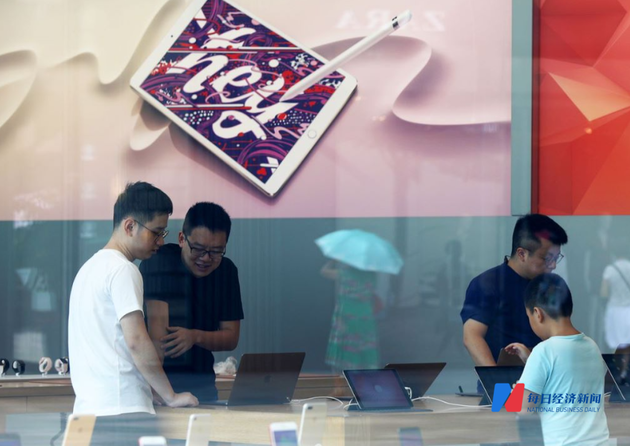Apple's annual product launch is always a major event in the tech world. Every year, Apple fans eagerly anticipate the company's latest offerings. However, this year's launch was a letdown.
Apple unveiled the next generation of the iPhone 15 series, as well as a new smartwatch. On the outside, the iPhone 15 lineup ditches the notch for a Liquid Retina XDR display and adopts a USB-C port. On the inside, the iPhone 15 Pro models feature Apple's latest A17 Bionic chip, and the iPhone 15 Pro Max gets a periscope lens for the first time.
While these are all welcome changes, they are not exactly groundbreaking. In fact, some critics have called the launch the most boring in Apple's history. They point out that half of the presentation was spent on environmental sustainability, and that there were few new innovations. In addition, some of the new models have higher prices.
So, will the iPhone 15 be enough to revive demand? Analysts are not optimistic. There are three main reasons for this:
Consumer upgrade cycles are lengthening. Due to the economic downturn and the COVID-19 pandemic, consumers are spending less money and are less likely to upgrade their phones. Additionally, Apple phones are known for their quality and performance, so many users do not need to replace them as often. According to statistics, the average upgrade cycle for iPhone users is now four years.

File photo/Zhang Jian (NBD)
Competition is on the rise. In China, Apple faces stiff competition from domestic brands like Huawei, Xiaomi, OPPO, and vivo. These brands offer competitive prices and are constantly innovating. Huawei, in particular, has strengths in areas such as 5G, photography, and chips. Recently, Huawei started pre-sales for its new Mate 60 series phones, which has generated widespread attention and discussion. Some analysts believe that Huawei's return is actually a good thing for consumers, as it will force Apple to step outside of its comfort zone and innovate more aggressively.
Apple's self-developed chip efforts are not going well. Apple has been working on its own 5G modem chip to reduce its reliance on Qualcomm. However, this effort has not been smooth sailing. According to reports, Apple plans to start using its own 5G modem in iPhone models in 2025. This means that Apple will have to continue using Qualcomm's modem chips for the next few years and pay high licensing fees. It could also put Apple at a technological disadvantage to its competitors.
As a result of the weak performance of the new iPhone, Apple's stock price took a hit. On the day of the launch, Apple's stock price fell 1.71%, wiping out $47.8 billion in market capitalization.
So, what's next for Apple's stock price? Some analysts believe that it has 20% more upside from current levels. They believe that the new models will help iPhone sales rebound in fiscal 2024, when analysts expect them to hit a new high. They also point out that the expected growth in iPhone 15 sales will be driven by higher prices rather than volume.
However, other analysts are more cautious. They point out that Apple's stock price has fallen twice as often as it has risen in the month since the launch. They also note that Apple's stock price could fall to $170.50 before finding some support. On the upside, the near-term target is to get back above $191.50, which would recover the losses from the company's latest earnings report, which was released about a month ago.
In conclusion, Apple's product launch did not deliver much excitement for the market or consumers. Instead, it exposed problems for Apple in areas such as innovation, competition, and costs. Can Apple regain its glory? It is a question worth watching.


 川公网安备 51019002001991号
川公网安备 51019002001991号





